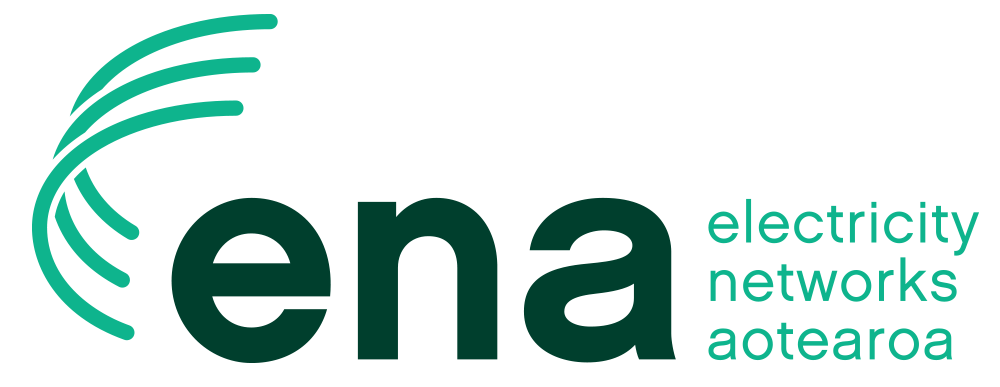Modelling will show household energy spend in 2035

ENA has commissioned an economic model of what New Zealand consumers are likely to be spending on energy by 2035 to show the benefits of electrification.
The “energy wallet” model will use Climate Change Commission data and be similar to one developed by Rewiring Australia that showed a pathway to decarbonise Australian households by 2030.
The 2021 Australian model found the average Australian household could be saving over $A5,000 per year by the end of this decade, and upwards of $A6,000 per year by 2035.
In New Zealand, the Climate Change Commission’s research into future household energy spending concluded that electricity bills would be unlikely to change due to emissions budgets and could even go down due to energy efficiency.
Most recent data shows that in 2019 the average Kiwi household spent $1,260 per week in total. Of this, weekly total energy expenditure was $87 of which only $36.90 was electricity, the bulk of the rest ($42.40) being petrol.
However, increased electrification of transport and replacing gas appliances is likely to increase the weekly electricity spend for consumers. Some of this increased electricity consumption would be met by solar PV and batteries, with the remainder coming from network-supplied power.
Higher electricity prices would also be caused by EDBs needing more investment to allow them to distribute greater volumes of electricity. At the same time, reliability of supply will become more important, adding further costs on networks.


